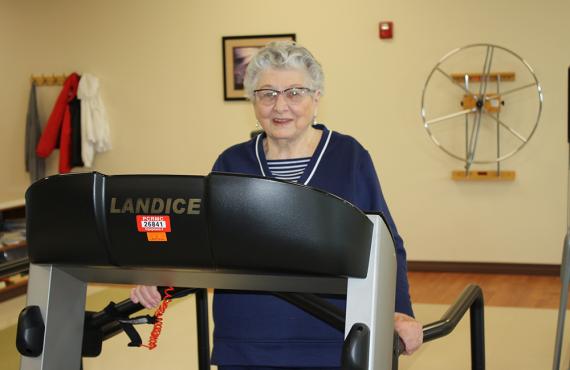Published on January 6, 2021
Read Time: Two Minutes
Face masks are one of the best ways to help slow the spread of COVID-19. James Bass, MD, a Phelps Health family medicine physician, discusses the different types of face masks below.
Surgical Masks (Recommended)
The surgical mask has "a metal brim on the top of it, which you bend over your nose, so you get as good a seal as you can with this type of mask,” Dr. Bass said. “It's a single-use mask. When you're done using it for that day, make sure you throw it away.”
Cloth Masks (Recommended)
“The one thing that I like about these [cloth] masks is they are reusable…so you can wash it multiple times,” he said.
N-95 Masks (Recommended for Healthcare Workers)
“The N-95 mask is very frequently used [by] our healthcare personnel, and we preserve them for our healthcare personnel because we just don’t have a lot of them to give out to everybody,” Dr. Bass said.
Neck Gaiter (Not Recommended)
“I do not recommend that you use [a neck gaiter] because it doesn’t do a very good job of filtering the [respiratory] particles,” he said. “And one of the reasons it doesn’t is because it’s only one layer.”
Masks With Vents (Not Recommended)
Masks with exhalation valves, or vents, have a “little filtration device on the front of it,” Dr. Bass said. “This filtration device allows respiratory droplets to go in and out of the mask, so I do not prefer to use this one at all.”
Face Shields (Not Recommended by Itself)
“The face shield is also not recommended because there’s too many gaps,” Dr. Bass said. “I have seen medical personnel utilize the N-95 and the [face shield] together. This gives them a little bit more protection because of the working environment that they are exposed to every day.”
For More Information About Masks
Learn more about masks from the Centers for Disease Control and Prevention (CDC).

